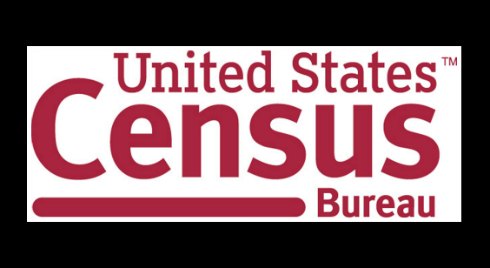
The international migration of Asians to the United States made them the fastest growing segment of the population says a report from the U.S. Census Bureau. The report also found that the nation is moving closer to becoming majority nonwhite.
The Bureau announced today that the U.S. Asian population rose by 530,000, or 2.9 percent, in the preceding year, to 18.9 million, according to the Census Bureau’s annual population estimates. More than 60 percent of this growth in the Asian population came from international migration.
By comparison, the Hispanic population grew by 2.2 percent, or more than 1.1 million, to just over 53 million in 2012. The Hispanic population growth was fueled primarily by natural increase (births minus deaths), which accounted for 76 percent of Hispanic population change. Hispanics remain our nation’s second largest race or ethnic group (behind non-Hispanic whites), representing about 17 percent of the total population.
These statistics are part of a set of annual population estimates released today by race, Hispanic origin, age and sex. They examine population change for these groups nationally, as well as within all states and counties, between July 1, 2011, and July 1, 2012. Also released were population estimates for Puerto Rico and its municipios by age and sex.
“Asians and Hispanics have long been among our nation’s fastest-growing race or ethnic groups,” noted Thomas Mesenbourg, the Census Bureau’s acting director.
Native Hawaiians and Other Pacific Islanders (climbing 2.2 percent to about 1.4 million), American Indians and Alaska Natives (rising 1.5 percent to a little over 6.3 million), and blacks or African-Americans (increasing 1.3 percent to 44.5 million) followed Asians and Hispanics in percentage growth rates.
Six More Counties Become Majority-Minority
The nation’s total minority population increased by 1.9 percent and was 116 million, or 37 percent, of the total population in July 2012. (The minority population includes people in any category other than non-Hispanic white alone.) More than 11 percent (353) of the nation’s 3,143 counties were majority-minority as of July 1, 2012. Six of these counties became majority-minority populations since July 1, 2011: Mecklenburg, N.C. (Charlotte); Cherokee, Okla.; Texas, Okla.; Bell, Texas; Hockley, Texas; and Terrell, Texas.
The population of children younger than 5 is close to becoming majority-minority nationally, standing at 49.9 percent minority in 2012.
“The proportion of young children that is minority has been increasing since the 2010 Census and if this proportional growth continues, we expect that the crossover to majority-minority for this group will occur within the next couple of years,” Mesenbourg said.
Nation Ages, But Some Parts Become Younger
The nation’s median age climbed to 37.4 years in 2012, up from 37.3 one year earlier. There were some areas of the country, however, that became younger over the period. Six states experienced a decline in median age, led by North Dakota, where it fell by 0.5 years, from
36.6 to 36.1. The other states or equivalents with a drop in median age were Hawaii, Alaska, the District of Columbia, Kansas and Oklahoma. Likewise, median age declined for 382 counties, with Williams, N.D., experiencing the largest decrease, 1.7 years, from 36.6 to 34.9.
In 2012, there was a greater than 13-year difference between the states with the highest median age (Maine at 43.5) and lowest (Utah at 30.0). Among counties, the contrast is far more stark: about two generations. Sumter, Fla., with a median age of 64.8, stood at one extreme, and Madison, Idaho, at 23.0, was at the other. There were 53 counties where the median age was greater than 50, and 68 counties where it was less than 30.
Highlights for each race group and Hispanics, as well as minorities as a whole, age groups, and both sexes, at the national, state and county levels follow:
Hispanics
Blacks
Asians
American Indians and Alaska Natives
Native Hawaiians and Other Pacific Islanders
Non-Hispanic White Alone
Minorities
Age Groups
Gender
Unless otherwise specified, the statistics refer to the population who reported a race alone or in combination with one or more races. Censuses and surveys permit respondents to select more than one race; consequently people may be one race or a combination of races. The detailed tables show statistics for the resident population by “race alone” and “race alone or in combination.”
The federal government treats Hispanic origin and race as separate and distinct concepts. In surveys and censuses, separate questions are asked on Hispanic origin and race. The question on Hispanic origin asks respondents if they are of Hispanic, Latino or Spanish origin. Starting with the 2000 Census, the question on race asked respondents to report the race or races they consider themselves to be. Hispanics may be of any race. Responses of
“Some Other Race” from the 2010 Census are modified in these estimates. This results in differences between the population for specific race categories shown for the 2010 Census population in this release versus those in the original 2010 Census data.
